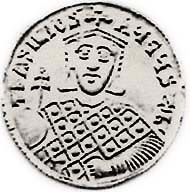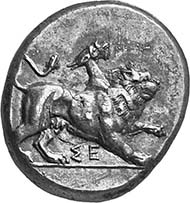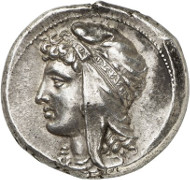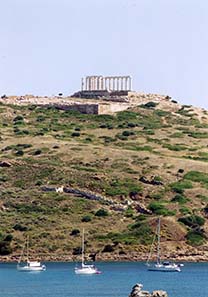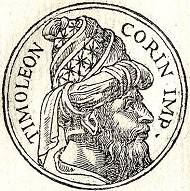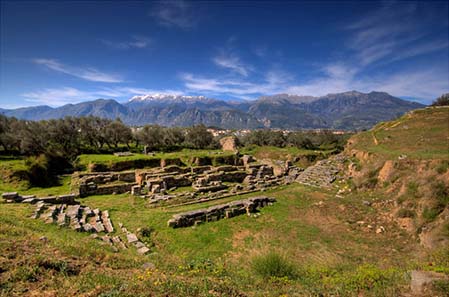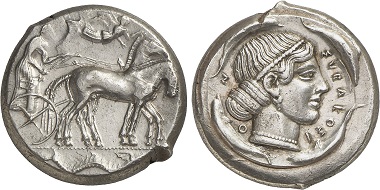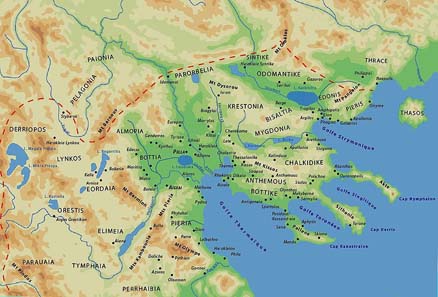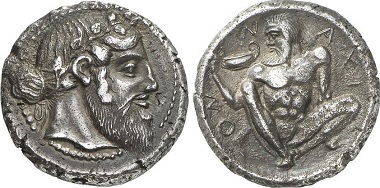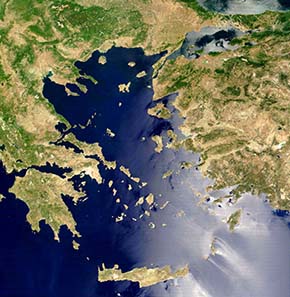How to detect forgeries
Part 3: Electrotypes
The last two parts on news from the forgery front have dealt with fakes that have been produced by newly cut dies and with cast fakes. This part is dedicated to a third kind of fakes: the electrotypes.
You will surely recognize …







